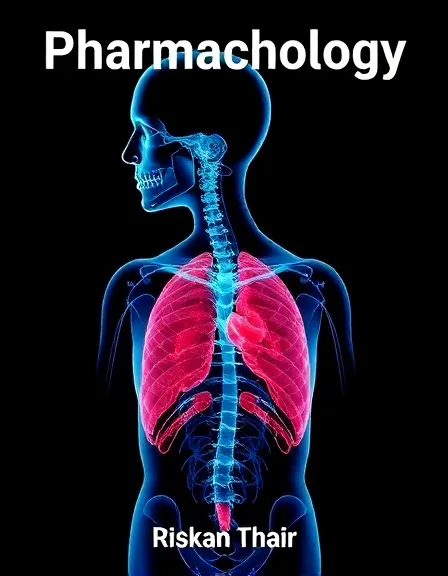Riskan Thahir
Biography
Aspiring Author
Reviews Summary
4.0
Rating Breakdown
3 total ratings
Aspiring Author
4.0
Rating Breakdown
3 total ratings
This first chapter really drew me in with its practical approach to anatomy. The breakdown of anatomical terms and imaging techniques was clear and informative. I appreciate the emphasis on how anatomy directly aids in diagnosis and patient care. It does a good job of showing why understanding these concepts is crucial for doctors. I'm definitely interested in reading the rest to see more clinical applications. The explanation of anatomical relationships was a strong point. It makes me curious about how these foundations will be built upon. I think this book could be a valuable tool for medical students. Can't wait to see where this story goes in future chapters. This chapter sets up an intriguing premise for the rest of the book.
The opening sets up an intriguing premise for a practical approach to anatomy. I appreciated the clear explanation of fundamental concepts like directional terms and imaging techniques. The emphasis on anatomical relationships as key to diagnosis is a strong focus. It effectively highlights the gap between theoretical knowledge and clinical application. I'm definitely interested in reading the rest to see how this practical application is further developed. The chapter serves its purpose well in introducing the book's core philosophy. This first chapter really drew me in with its directness and clinical focus. I found the explanation of diagnostic imaging principles particularly well-handled. It makes a good case for the book's utility for medical students and practitioners. I am curious to see how the author weaves in specific pathologies.
This first chapter really drew me in and established a strong foundation. Riskan Thahir’s approach to making anatomy clinically relevant is incredibly compelling. I appreciated the clear explanation of anatomical terminology and imaging techniques. The emphasis on anatomical relationships as key to diagnosis is a valuable insight. I'm definitely interested in reading the rest of Pharmachology to see how this is applied. The way the chapter connects theory to practice makes it feel immediately useful. It successfully bridges the gap between textbook learning and patient care. I can’t wait to see how the author develops these concepts further.
